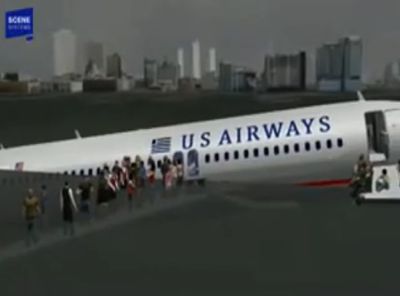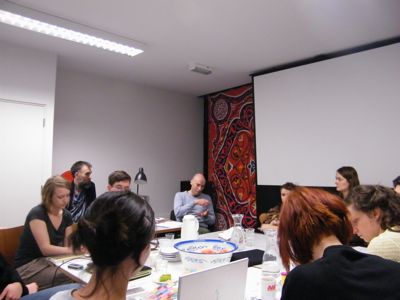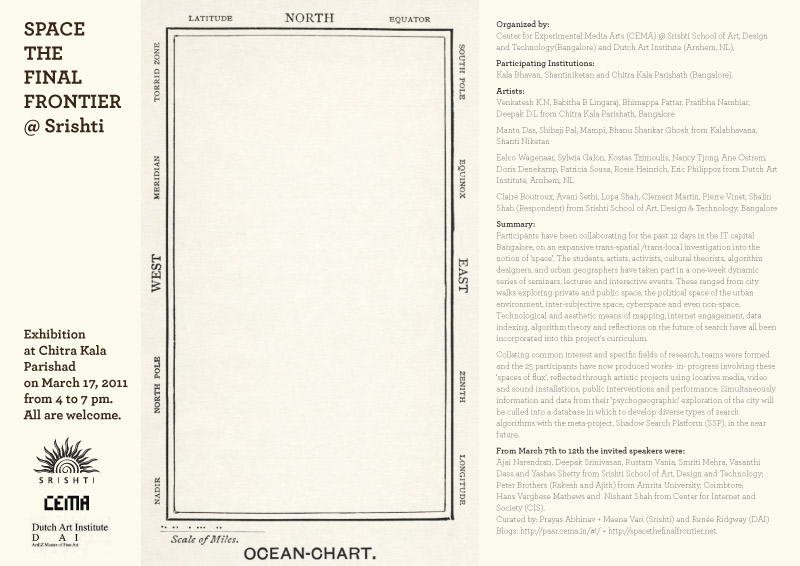This month’s guest was Alfredo Cramerotti writer, curator of Quad in Derby, U.K. and part of Chamber of Public Secrets, one of the curatorial teams at Manifesta8. Thursday night lecture he gave a lecture about his recent book entitled Aesthetic Journalism that draws parallels between journalism’s approach in art and art’s approach in journalism.
This publication focuses on information production, distribution and reception, which are central points in today’s culture. How to inform without informing is the book’s subtext. There are ways of communicating and applying aesthetics to do this and it is not what a narrative represents but what a narratives transforms or translates to some extent. It could therefore be considered a process of unlearning, to make something new by translating from one context to another. This form of journalism, how it becomes developed and how we see the world at large, is validated through this power.
The book came out of an interest to demand, reframe or reorganise so-called knowledge production, the aesthetics we have in the art world. Information, communication and aesthetics are now at their peaks and there are new modes of journalism through art practices. Art and journalism share some common grounds, within the mass media distribution system there is interaction and cross fertilisation between the two fields as well as in artistic practice. If we do not see a separation between information production, distribution and reception, then these could be two faces of the same approach?
But we need to critically reflect on the means of production.
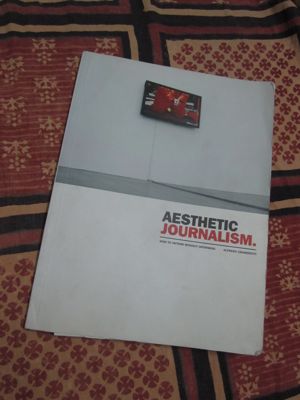
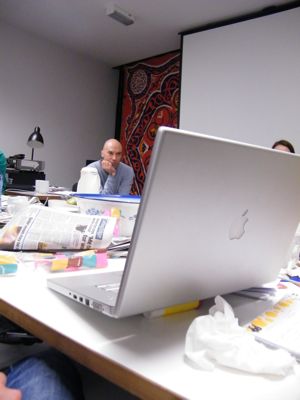
With journalism you need to make yourself invisible as a photographer, otherwise the image doesn’t make it in paper. When presented with this concept, the art audience differs from the journalistic audience. Journalism provides a view, and is a coded system that speaks for the truth while art provides a view of that view, reflecting back on the first as feedback. Art is a set of activities, can be a lot of things, but it means to question itself and it has to take on board the means that it is using, such as journalism. Artists create a medium which is self-reflexive, coaching viewers to ask questions. Journalism, on the other hand, has more of a dichotomy- I accept or refuse.
Journalism is being aesthetic rather than using aesthetic means.
What Cramerotti means by aesthetics is here defined as the process through which we are open to signals, signs in the diversity of the world, and we convert them to some tangible experience. In other words the process in which we translate signs and symbols into a visual or bodily experience. It is not a state of contemplation, but a state of motion, movement. Journalism does use a tradition of aesthetics, yet being universal somehow, aesthetics disappears because it is ubiquitous. What Cramerotti strives for in his book is the implementation of a different aesthetics, another sort of aesthetic regime if you will, where you highlight the first as such.
This is not to abandon the journalistic trope in art. Rather that artists should be aware that they are using it and to admit using it in a transparent, self-assessing employment of it. For example, during Manifesta8 the discourse became refreshing, especially with the implementation of radio, TV and newspapers to see how they worked and affected the local public. One of the assistant curators, Rian Lozano put it nicely: ‘it’s about making holes in the historical cultural fabric of life.’
By questioning the urgent matter in artists’ work, without forgetting the cultural translation, artists can use mediated channels. We have the necessity to extend the boundaries of art, to expand it, not to keep art within art boundaries. But to go outside of it, though you do compromise your work. It’s not about limitation, it’s about possibilities. And ultimately it’s about being effective. Not just about revealing mass media hegemonic structures, it is rather about expanding the distribution of knowledge in space and time. And it’s about a political answer in artist’s practice. In trying to make sense of the world beyond the journalistic representation within the work, we question fiction (art) as the site of the imagination whilst questioning journalism as the site of reality. Afterwards there was an hour! discussion with the group, citing for instance, the work of Simon Norfolk as an example of Aesthetic Journalism.
For Friday’s seminar we were joined by Florian’s group ‘Re-reading Public Images’ in which some students discussed their projects they had prepared in relation to the Aesthetic Journalism context. Patrícia Sousa’s contribution is pictured here and viewed here.
Countdown.
Four questions on evidence and imagination:
4. By borrowing from forms of news media, what new modes of exhibition practice are artists, curators, and writers enabling to develop cultural relationships between the global relevance to local issues?
3. What challenge or validation is made to artworks through their appearance in an exhibition or on a news channel?
2. Does the use of an investigative methodology within contemporary art practice shift an understanding of truth and subjectivity?
1. Does an integration of art and journalism emancipate art from a closed sphere of discourse allowing it a more social and political dimension?
